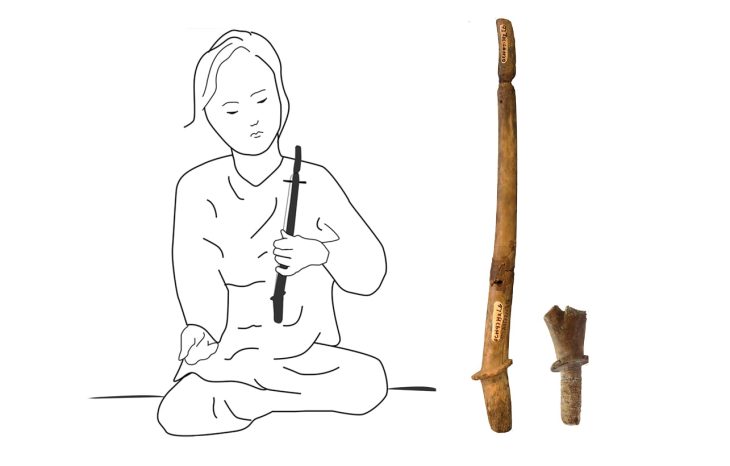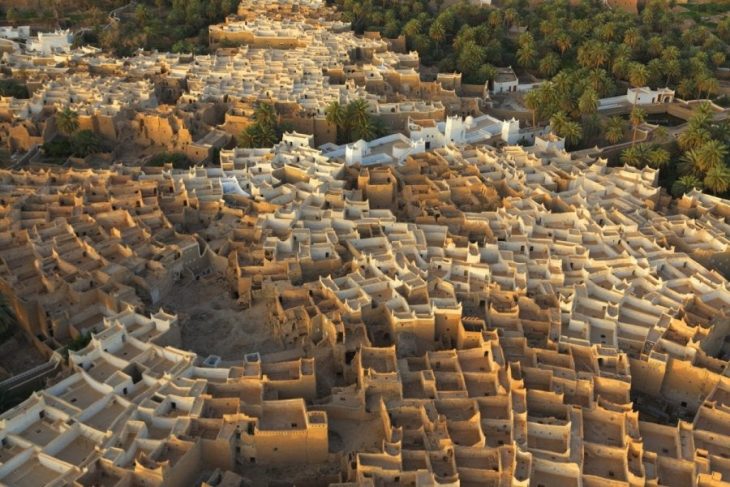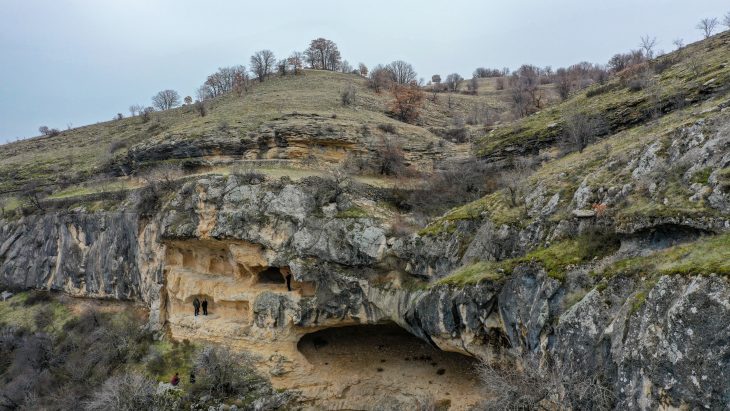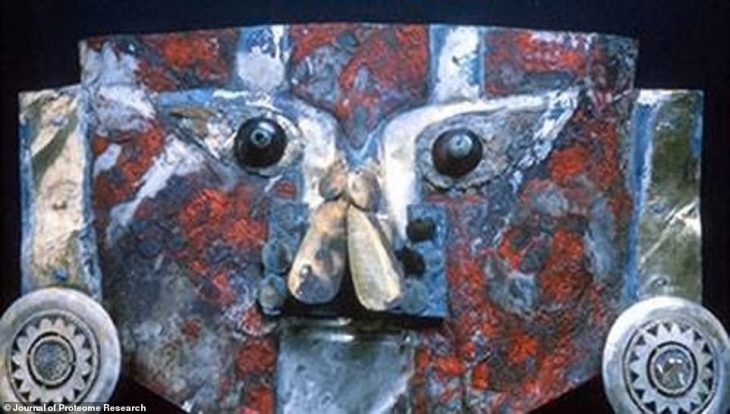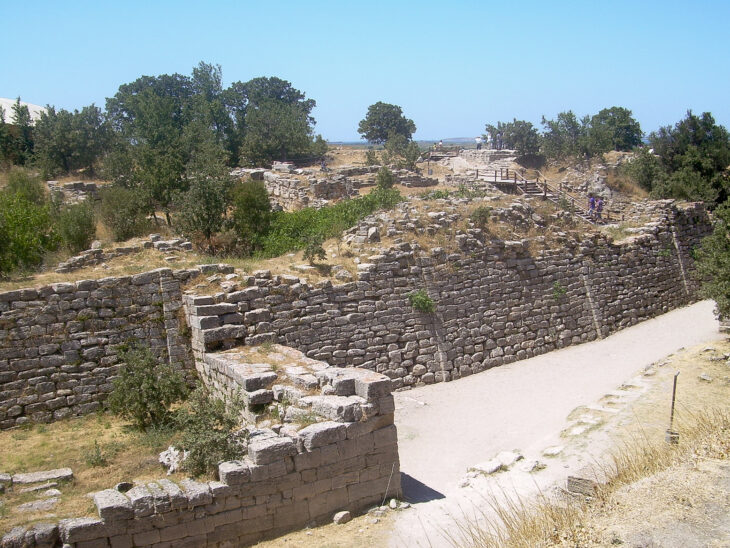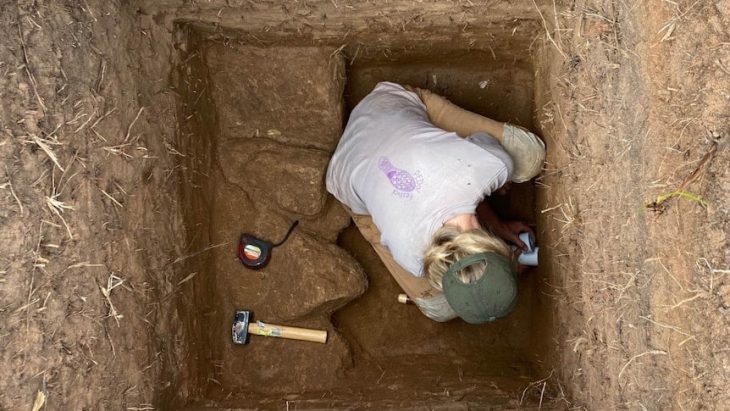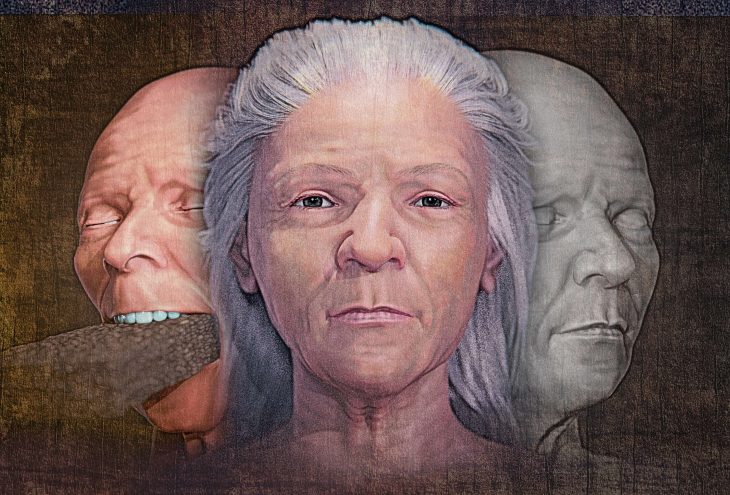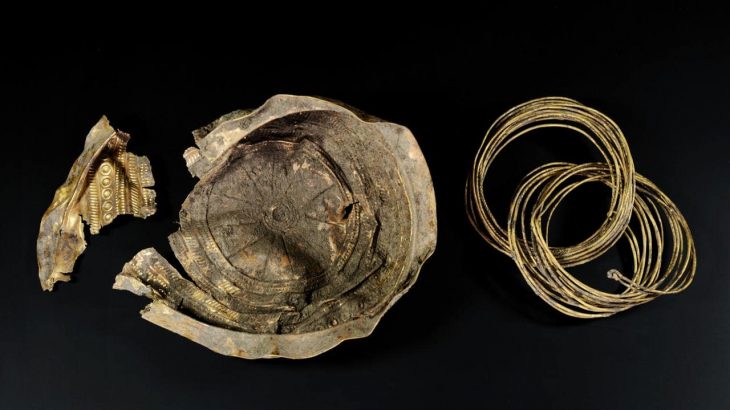A Polish and Italian archaeological mission, while conducting an excavation in the Abusir necropolis near Saqqara in Egypt, unearthed the remains of a mud-brick building believed to be one of the lost “sun temples” of ancient Egypt’s Fifth Dynasty.
The discovery hints that the remains might belong to one of the lost four solar temples from Dynasty 5, known only in historical sources but yet to have been found thus far.
According to a statement released by the Egyptian Ministry of Antiquities and Tourism on Saturday, the building was discovered beneath the King Nyuserre temple in the Abusir area, south of Cairo.
“Preliminary studies indicate that the new discovery may be one of the four lost sun temples that date back to the Fifth Dynasty,” the ministry statement said.
These temples are thought to date back to the Fifth Dynasty (2465 to 2323 BC).
Abusir is an Old Kingdom necropolis that functioned as one of the principal cemeteries for Memphis, the Ancient Egyptian capital. The site comprises of 14 royal pyramids, mastaba, and tombs dating from the early 25th century BC to the mid-24th century BC.
In a context layer that pre-dates the temple, the team found evidence of a mud-brick building and quartz blocks, that according to officials from the Egyptian Ministry of Tourism and Antiquities, could be the remains of one of the four lost sun temples.
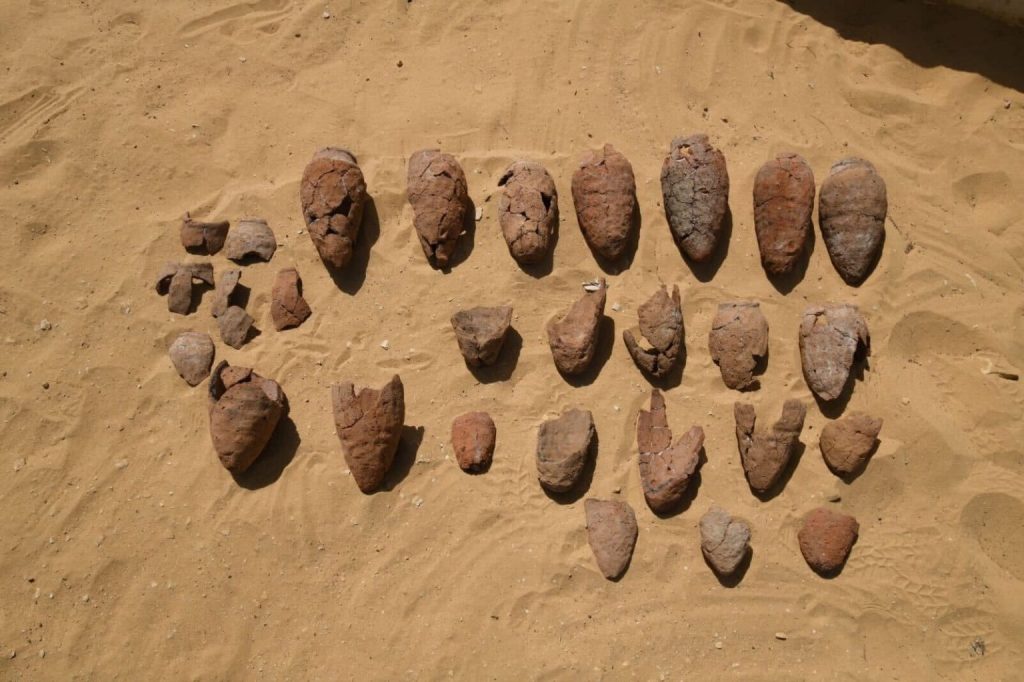
The Egyptian Ministry of Antiquities and Tourism said in a statement: “The building is accessible through an entrance built in the limestone rock, leading to an area with a paved floor and containing huge blocks of quartz.”
Although it is believed that six sun temples were constructed, only two have been found thus far.
Sun temples were constructed to honor the Ancient Egyptian god Ra, the god of the sun, order, kings, and the sky.
The temples of the Fifth Dynasty usually consisted of three parts: a considerably smaller entry structure, and a causeway leading to the main temple building at a higher height.
Excavations also uncovered ceramic vessels, beer pots, and red-rimmed containers, which were likely used in temple rituals and ceremonies.
The sun temples may have all been built around Abu Gharab.


